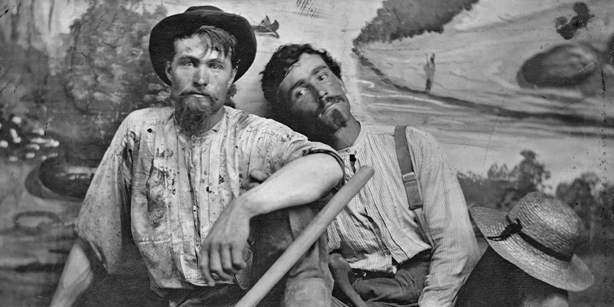From time to time, we see replica Old West towns with period antiques and ramshackle structures come up for sale. However, Cerro Gordo is the real deal! It’s an actual California mining town that was abandoned in the early 1900s. The land has been held by the same family for decades since.
Now you can own this piece of the American West—it’s on the market for $925,000. The sale includes 24,000 square feet of buildings and about 300 acres in Lone Pine, which is 250 miles from Los Angeles.
The silver mine from 1867 on the property is credited with providing the wealth that helped build L.A. It’s also the first major mining camp south of the Sierra Nevada. In other words, this property is the real deal.
























